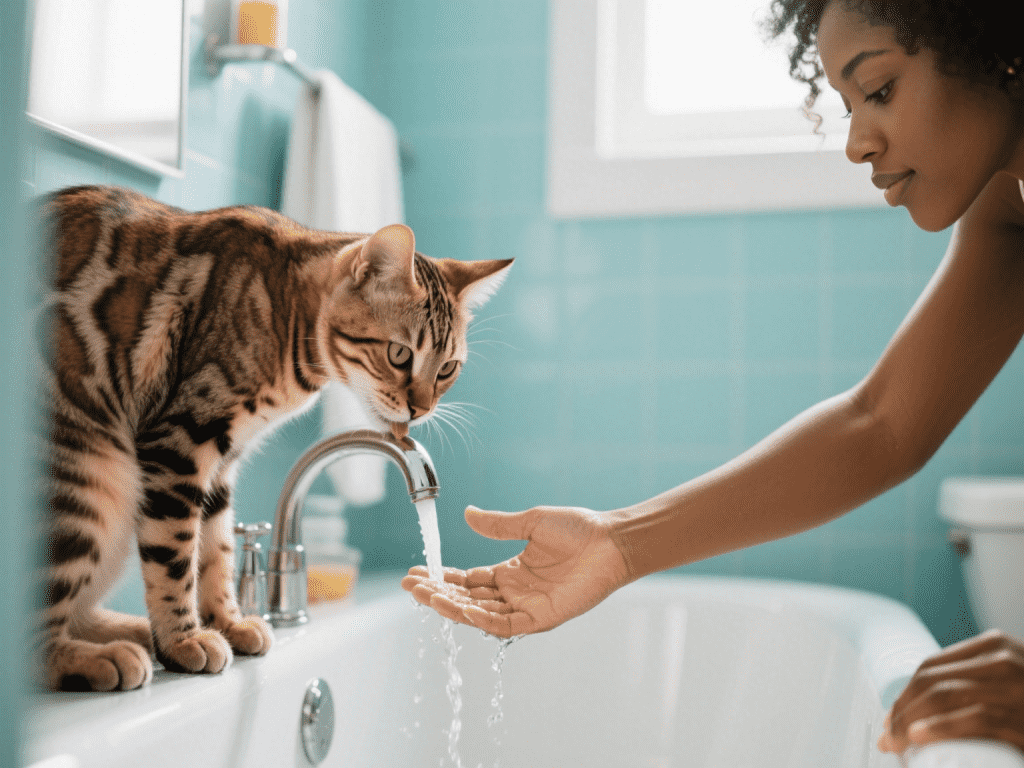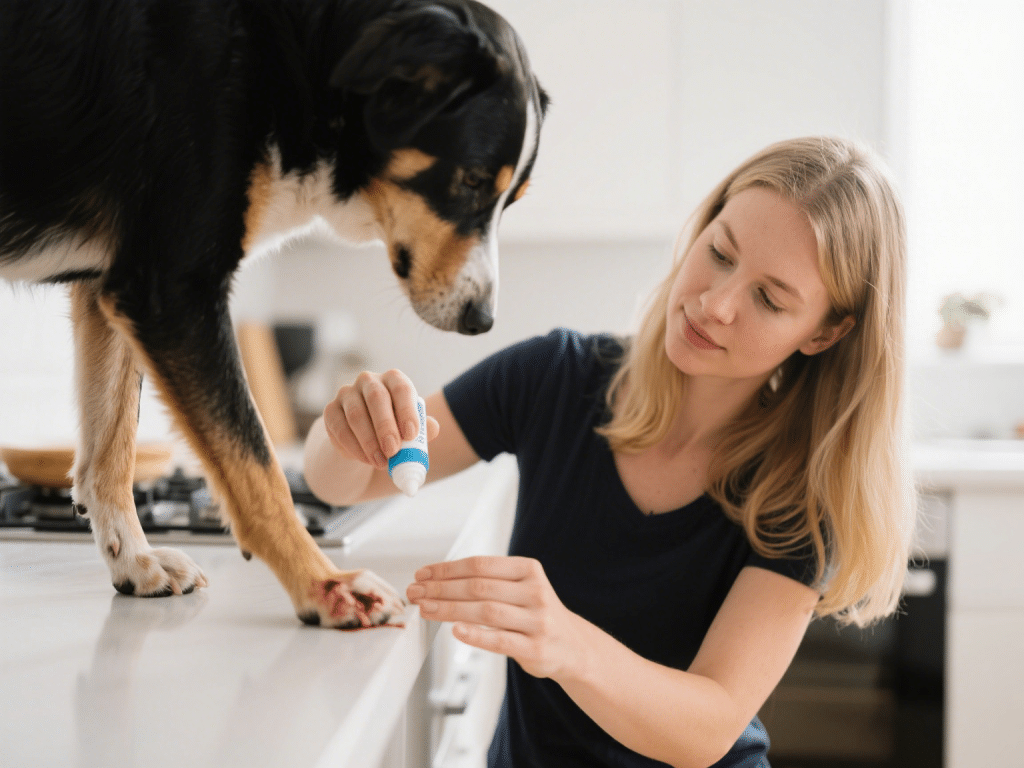
Building a Cat-Friendly Garden: Safe Plants, Enrichment Zones & Outdoor Tips
For indoor‑outdoor cats or those with secure enclosures, a well‑designed garden can be...
Veterinary consensus recommends spaying/neutering cats at 4-6 months before sexual maturity. Early-age sterilization (8-12 weeks) is increasingly supported by organizations like the American Veterinary Medical Association for shelter populations. Outdoor cats should undergo the procedure by 5 months to prevent unwanted litters. Delaying beyond 6 months significantly increases reproductive health risks.
Mammary Cancer Prevention: Spaying before first heat reduces cancer risk by 91% (Journal of Feline Medicine, 2020)
Eliminated Pyometra Risk: Life-threatening uterine infections affect 23% of unspayed cats by age 10
Ovarian Cancer Prevention: Complete removal of reproductive organs eradicates risk
Testicular Cancer Elimination: Neutering removes primary cancer sites
Reduced Prostate Issues: 89% lower prostatitis incidence in neutered males (International Journal of Applied Research)
Decreased Roaming Injuries: Neutered cats have 62% fewer traffic accidents and bite wounds
Sterilized cats exhibit:
74% reduction in urine spraying/marking
Diminished aggression toward other cats
Lowered desire to roam (indoor cats live 3× longer)
Reduced stress-related behaviors during mating seasons
Myth: “Sterilization causes obesity”
Fact: Weight gain stems from calorie excess, not hormones. Adjust feeding post-surgery.
Myth: “Cats need one litter first”
Fact: No medical basis; early spaying maximizes health benefits.
Recovery Insight: Most cats resume normal activity within 48 hours with proper pain management. E-collars prevent wound interference.
Sterilized cats live 62% longer on average according to Banfield Pet Hospital data. Communities with high sterilization rates report 75% fewer euthanasias in shelters. Combined with vaccination, this procedure represents the most impactful health decision for feline well-being.
Consult your veterinarian to schedule pre-surgical bloodwork and discuss personalized timing based on your cat’s breed, health status, and lifestyle.

For indoor‑outdoor cats or those with secure enclosures, a well‑designed garden can be...

Few cat behaviors puzzle owners more than the sight of their typically fastidious feline r...

Playful pups often suffer minor paw injuries—small cuts, scrapes, or burn-like irritatio...

IntroductionDogs cannot verbalize discomfort, so they often mask pain to appear functional...

Managing litter boxes in a multi-cat household can be challenging, but with proper strateg...

IntroductionEmergencies can strike when least expected. Having basic first aid knowledge f...
Comments on "When to Spay or Neuter Your Cat: Health Benefits Explained" :